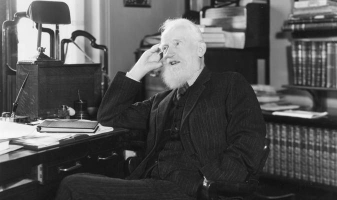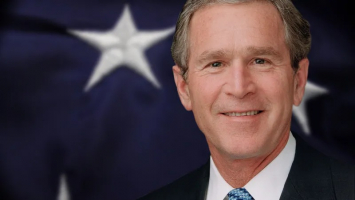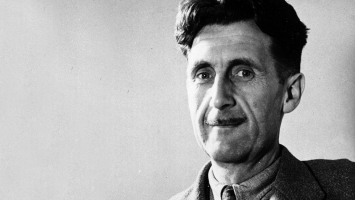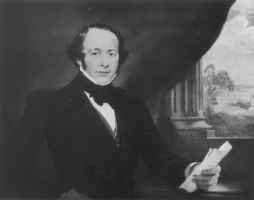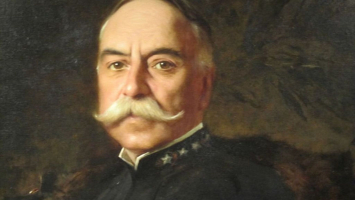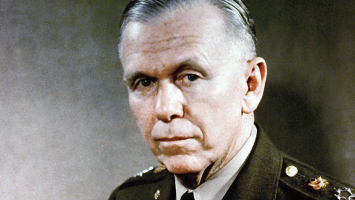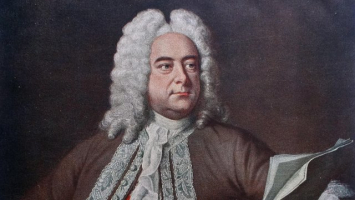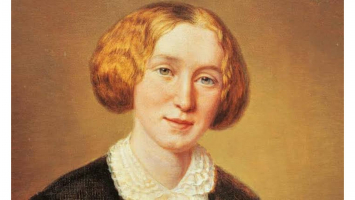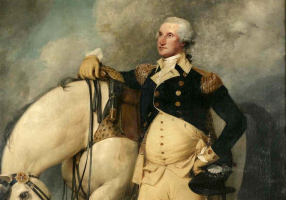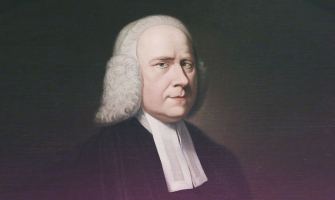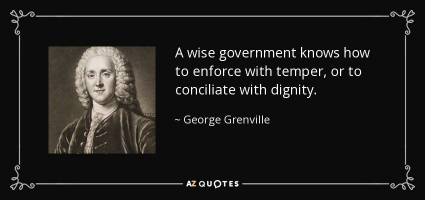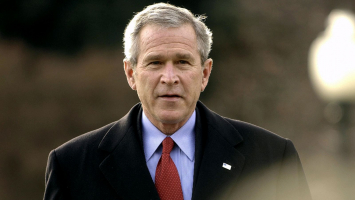Top 7 Interesting Facts about George Patton
George Smith Patton Jr. (November 11, 1885 – December 21, 1945) was a general in the United States Army who oversaw the Third United States Army in France and ... read more...Germany following the Allied invasion of Normandy in June 1944. He also commanded the Seventh United States Army in the Mediterranean theater of World War II. To know more about him, let's have a look at some facts about George Patton!
-
The first fact in the list of facts about George Patton is that he was a Olympic athlete. Patton was chosen as the Army's entry for the inaugural modern pentathlon at the 1912 Olympic Games in Stockholm, Sweden, due to his prowess in sprinting and fencing. Patton was the lone American among the 42 pentathletes, all of whom were officers in the armed forces. Patton finished fifth overall and first among non-Swedish athletes after placing twenty-first in the pistol range, seventh in swimming, fourth in fencing, sixth in the equestrian competition, and third in the footrace.
He came in fifth out of 42 competitors, but if it weren't for a controversy during the pistol shooting competition, he might have medaled. Patton said that he was such a skilled marksman that one of his bullets actually passed through a bullet hole he had already made, despite the fact that the judges thought he missed the target with one of his rounds. Patton was also chosen for the 1916 Olympic team, but World War I caused the competition to be postponed.
His achievement in the pistol shooting competition caused considerable controversy because he utilized a U.S. Army-issued.38 caliber pistol whereas the majority of the other competitors used.22 caliber weapons. He claimed that the early bullet holes in the paper were so large that a later bullet was able to pass through them, but the judges determined that one of his rounds totally missed the target. A changing backdrop is regularly used in contemporary events at this level in order to monitor several shots into the same hole. Patton would have most certainly taken home an Olympic medal in the competition if his claim was accurate. The court's decision was affirmed.
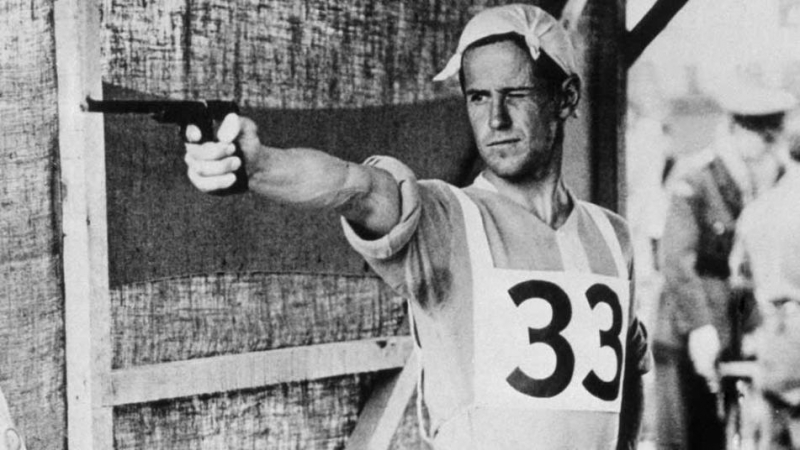
Photo: UIPM 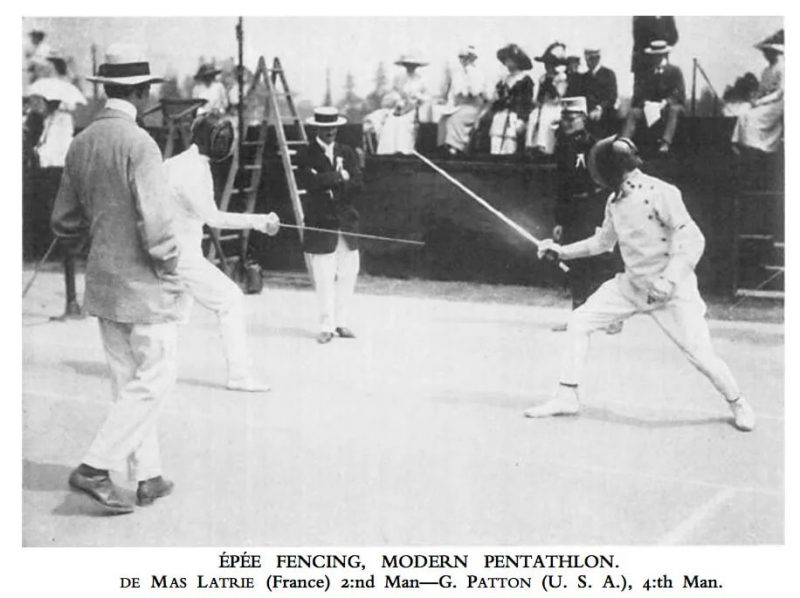
Photo: WIRED -
The Patton family has Welsh, English, Scottish, French, English, Scots-Irish, and Irish ancestry. His great-grandmother hailed from an aristocratic Welsh family with a strong military tradition that was descended from numerous Welsh lords of Glamorgan. Benjamin Davis Wilson, Patton's great-grandfather, had served as mayor of Los Angeles before founding the prosperous Lake Vineyard. Patton took pleasure in his mystical ties with his ancestors and felt he had lived before as a soldier. Patton discovered part of his English colonial ancestors through George Washington's great-grandfather, even though he was not directly derived from George Washington. Additionally, he was related to King Edward I of England through Edmund of Woodstock, 1st Earl of Kent, who was Edward's son. The Pattons, according to family legend, were descended from the sixteen barons who signed the Magna Carta.
Patton held a strong belief in reincarnation and claimed that he had participated in conflicts and battles before his time. He also placed a high value on his ancestors, which served as a major component of his sense of self. General Harold Alexander of the British Army remarked to Patton prior to the 1943 invasion of Sicily: “You know, George, you would have been a terrific marshal for Napoleon if you have lived in the 19th century” and Patton retorted “But I did.” The commander then was convinced that Patton would come back from the dead and lead armies into war once more.
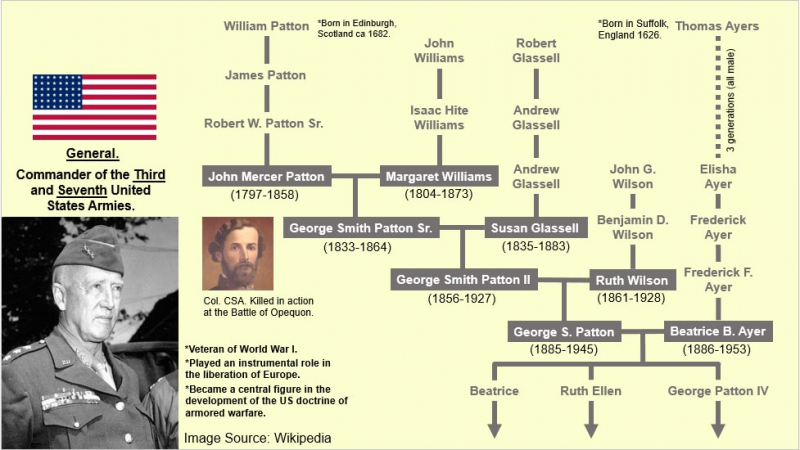
Photo: Reddit 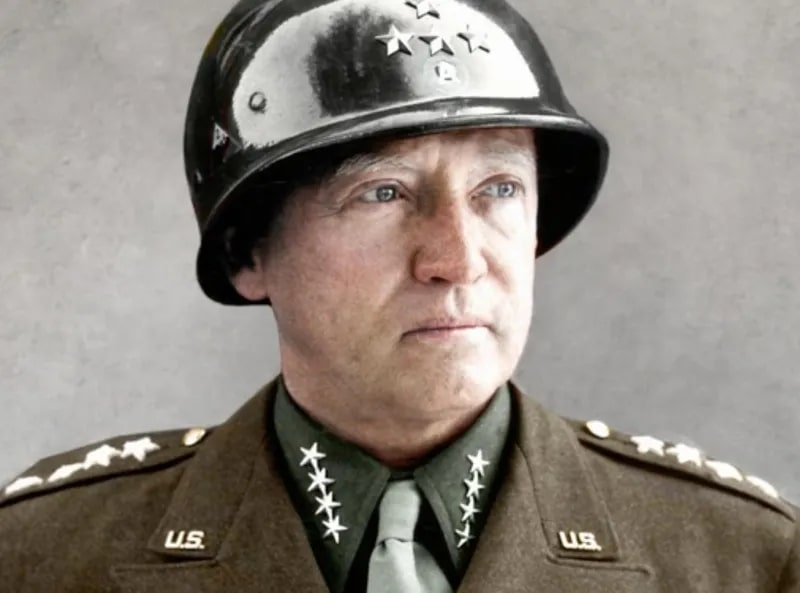
Photo: SOFREP -
Patton was able to get used to the routine quickly during his plebe (first) year at West Point. He failed mathematics, but his academic performance was so bad that he was forced to retake his first year. Even while his academic performance remained ordinary, he was excellent at military exercises. The plebe started studying with a tutor and increased his efforts to get good grades throughout the rest of his time at West Point.
In his junior year, he served as cadet sergeant major, and in his senior year, he served as cadet adjutant. Additionally, he joined the football squad, but after suffering an arm injury, he had to stop playing multiple times. Instead, he tried out for the modern pentathlon as well as the sword team and track and field. On June 11, 1909, Patton got a commission as a second lieutenant in the United States Army's Cavalry branch after graduating from West Point in 46th place out of 103 cadets. That's all about the third fact about George Patton Toplist want to share with you.
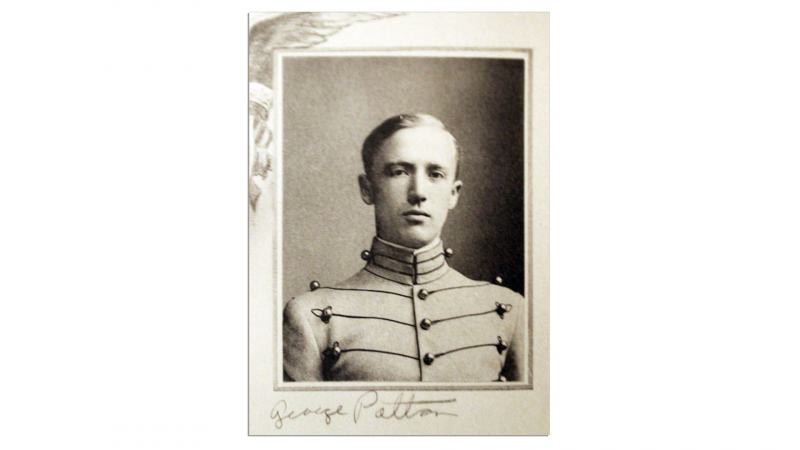
Photo: Nate D. Sanders 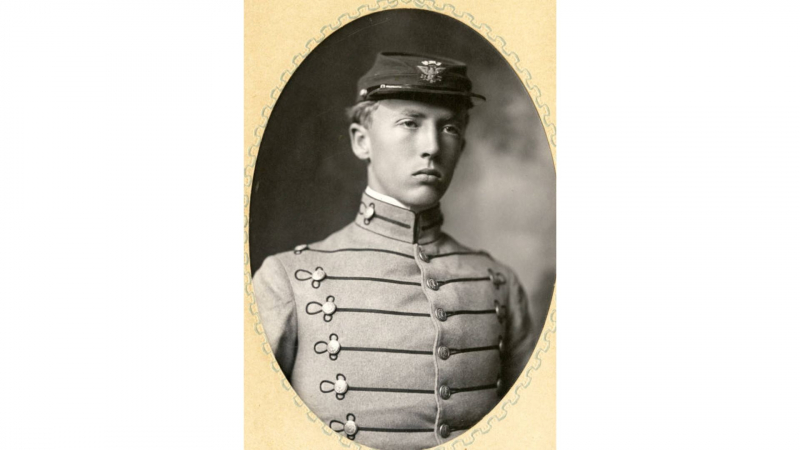
Photo: VMI Archives Digital Collections -
With A Troop of the 8th Cavalry, which was based in Sierra Blanca, Lieutenant Patton was given the responsibility of border patrol in 1915. Patton began carrying his M1911 Colt.45 on his belt rather than a holster while he was in the town. One night in a bar, his gun unintentionally went off, so he exchanged it for an ivory-handled Colt Single Action Army revolver, which would later come to symbolize Patton's persona.
Pancho Villa-aligned Mexican forces invaded New Mexico in March 1916 and assaulted the border town of Columbus. Numerous Americans were slain in the rioting in Columbus. The Pancho Villa Expedition was then sent into Mexico by the United States in reaction. The goal was to either capture or assassinate the Mexican revolutionary. Midway through April, Patton petitioned Pershing for the chance to lead an army, and he was given Troop C of the 13th Cavalry to help with the search for Villa and his lieutenants. On May 14, 1916, he took part in the first motorized offensive in American military history, gaining his first combat experience. During a foraging mission, three of Villa's men were surprised by a squad of ten troops and two civilian escorts led by the 6th Infantry, under Patton's command, in three Dodge touring cars, killing Julio Cárdenas and two of his guards. Although Patton was known to have wounded all three of the soldiers, it was unclear if he had personally killed any of them.
This indicated that Patton would play a part in planning the operation, and Pershing was pleased by his zeal and commitment to the job. Much of Patton's leadership style was based on Pershing, who preferred taking forceful, decisive action and leading from the front. As Pershing's assistant, Patton oversaw the planning of his travel arrangements and served as his personal messenger.
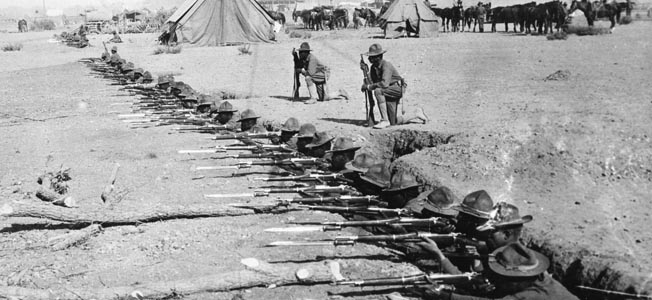
Photo: Warfare History Network 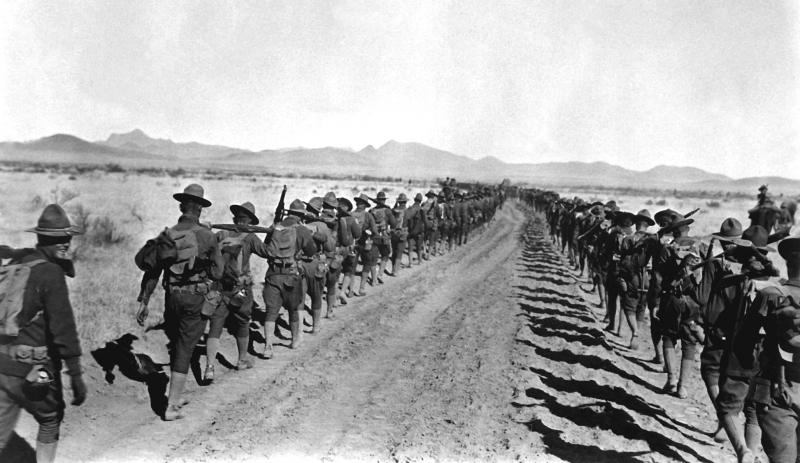
Photo: Wikipedia -
The following fact about George Patton is that he was given a Purple Heart in WW1. On September 26, Patton's brigade was transferred to help the U.S. I Corps during the Meuse-Argonne Offensive. He personally commanded a squad of tanks as they advanced 5 miles (8 km) into German lines amid dense fog. Patton was hurt at 09:30 while commanding six soldiers and a tank in an assault against German machine guns close to Cheppy. Patton was saved by his orderly, Private First Class Joe Angelo, for which he was subsequently given the Distinguished Service Cross. Before being rescued, Patton continued to lead the combat from a shell hole for another hour. Varennes was eventually taken by the 35th Division, of which Patton's tank troop was a part, but at great cost. In an effort to advance his reserve tanks, Patton claims that he may have killed one of his own soldiers.
Before proceeding to a hospital, Patton halted at a rear command post to give his report. In Patton's absence, the 326th Tank Battalion commander Sereno E. Brett assumed command of the brigade. On October 17, as Patton recovered from his injury, he was promoted to colonel in the U.S. National Army's Tank Corps. On October 28, he reported back for duty, although he was inactive until the armistice of November 11, 1918, which coincided with his 33rd birthday and ended hostilities. Patton was awarded the Distinguished Service Cross for his deeds at Cheppy. He received the Distinguished Service Medal for leading the brigade and tank school. Following the creation of the decoration in 1932, he was also given the Purple Heart for his fighting injuries.
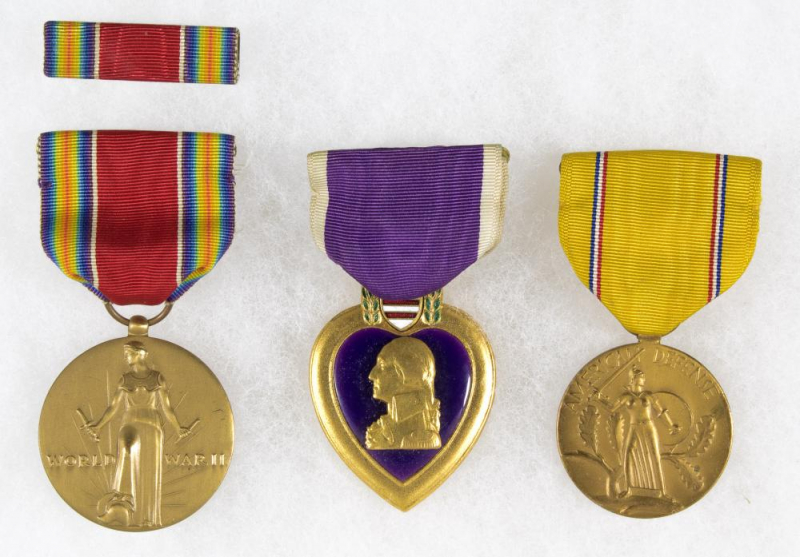
Photo: Alexander Historical Auctions 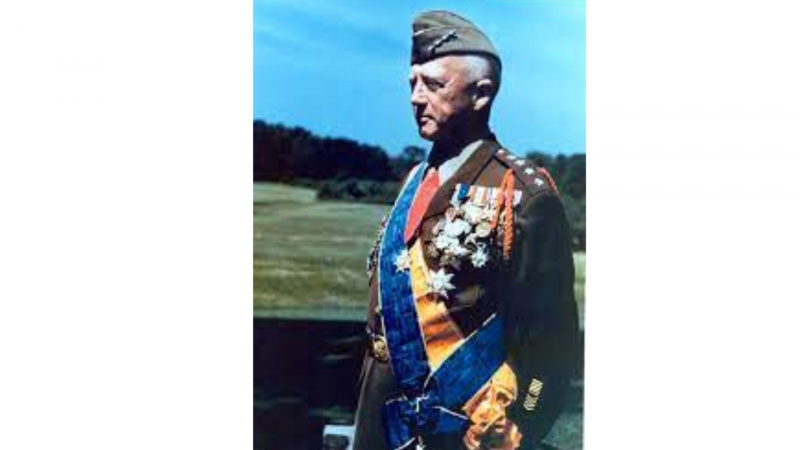
Photo: Patton's Third Army Living Historian -
Patton, then a Major, served as executive commander of the 3rd Cavalry in July 1932 when General Douglas MacArthur, the Army Chief of Staff, summoned the unit to Washington. Having assumed command of the 600 members of the 3rd Cavalry, Patton was given the order by MacArthur to attack with bayonets and tear gas on the "Bonus Army" on July 28. Patton was not pleased with MacArthur's actions because he had earlier declined to give the command to use force to scatter the veterans despite acknowledging the validity of their complaints. Even though Patton subsequently admitted he found the task "very disagreeable," he believed that suppressing the marchers stopped an uprising and saved lives and property.
He personally directed the 3rd Cavalry as it moved down Pennsylvania Avenue to scatter the demonstrators. In the march, Patton ran across Joe Angelo, his former orderly, and forcibly told him to leave because he thought it may make news. On March 1st, 1934, Patton received his promotion to lieutenant colonel in the regular Army. In early 1935, he was moved to the Hawaiian Division to take the position of G-2. Patton accompanied the fanatical Japanese leadership's growing hatred and ambitions for conquest. In response to the atrocities committed by Japanese forces against Chinese during the Sino-Japanese conflict, he wrote a plan to intern the Japanese residents of the islands in case of an attack.
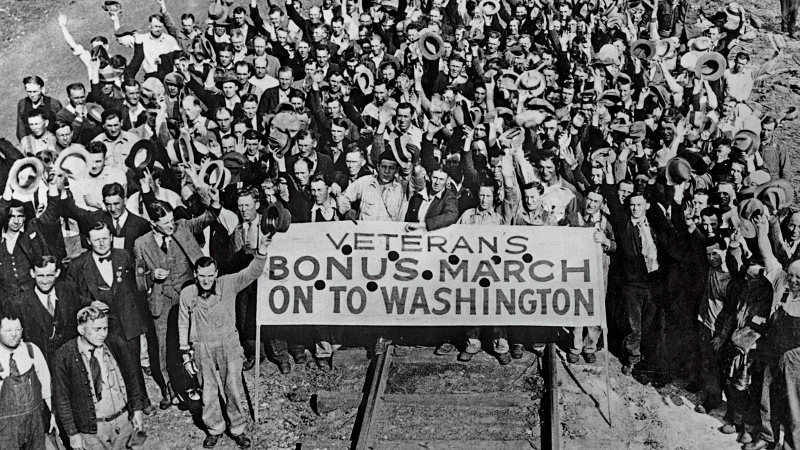
Photo: National Parks Conservation Association 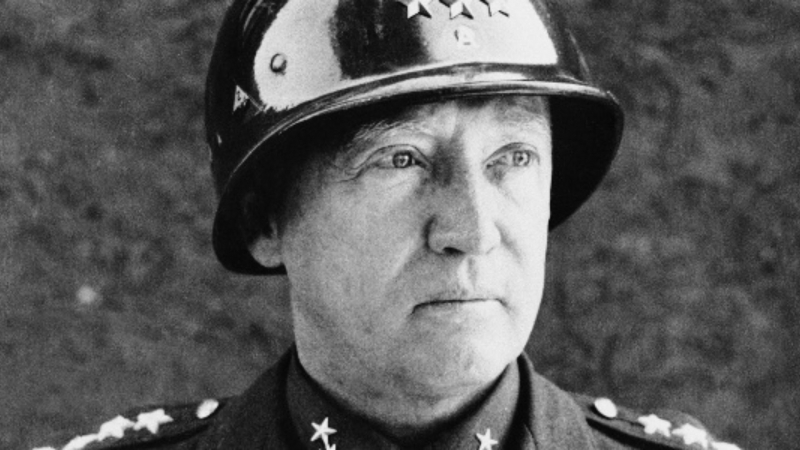
Photo: TogetherWeServed Blog -
Patton was a master of the sword at West Point and one of the best fencers in the country. Adjutant Charles Cléry, a French "master of weapons" and fencing instructor at the cavalry school in Saumur, France, taught Patton fencing methods after the 1912 Olympics. Taking these teachings back to Fort Myer, Patton revised the U.S. cavalry's saber fighting doctrine, favoring thrusting strikes over the traditional slashing technique and creating a new blade specifically for such attacks. The first 20,000 of the Model 1913 Cavalry Saber, sometimes known as the "Patton saber," were ordered in 1913, during his brief assignment to the Army Chief of Staff.
After that, Patton went back to Saumur to pick up more sophisticated tactics before applying what he had learned to the Mounted Service School in Fort Riley, Kansas, where he would study and teach fencing. He was the first Army officer to receive the title "Master of the Sword," which designates the school's best swordsmanship instructor. He began teaching fencing to other cavalry officers after arriving in September 1913, many of whom were higher in rank than he was. This fact also ends the list of fact about George Patton.
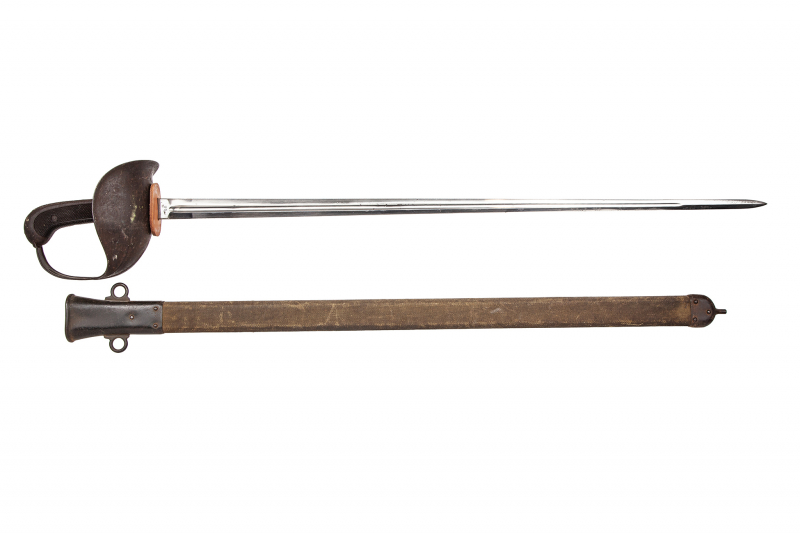
Photo: Witerell's Auction House 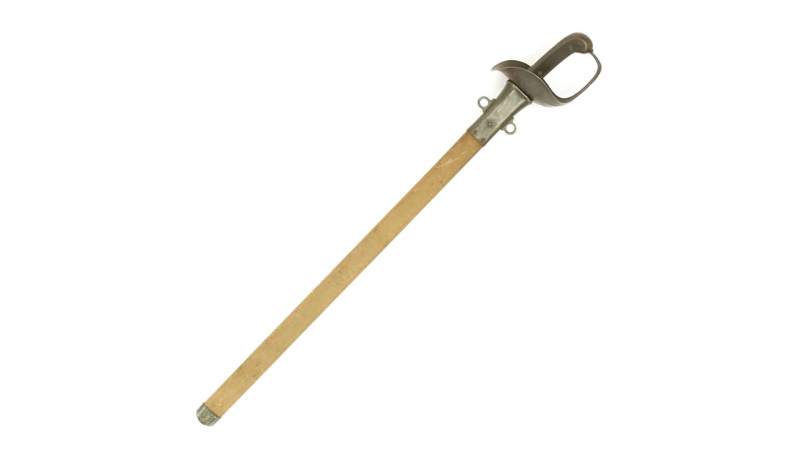
Photo: International Military Antiques









